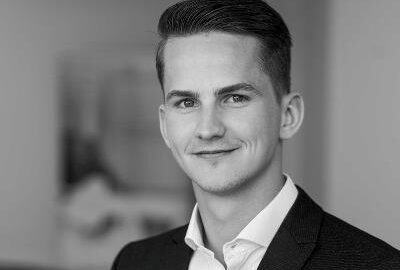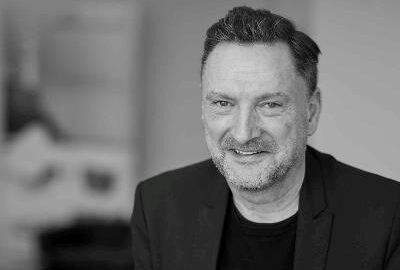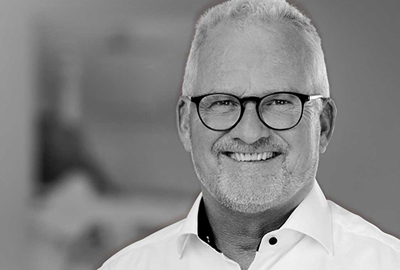Reliable and Efficient Process Lines
”There is no doubt that electrical denesters are the way to go for us. INTRAY has provided us with greater flexibility, even and constant denesting as well as low maintenance costs.” Rasmus Haage Sørensen, Project Manager, Norfersk A/S
Even and Constant Tray Denesting
High Quality Tray Denester
”There is no doubt that electrical denesters are the way to go for us. INTRAY has provided us with greater flexibility, even and constant denesting as well as low maintenance costs.”
Rasmus Haage Sørensen, Project Manager, Norfersk A/S.
Norfersk A/S is a wholly owned subsidiary of Nortura SA, an agricultural cooperative owned by 19.000 farmers across Norway. Nortura have a wide portfolio of companies one of them being Norfersk. Each year Norfersk produce around 19 million kilograms of meat. With more than 140 employees and an annual turnover of about 180 million Euro, Norfersk is one of Norway’s biggest meat producers.
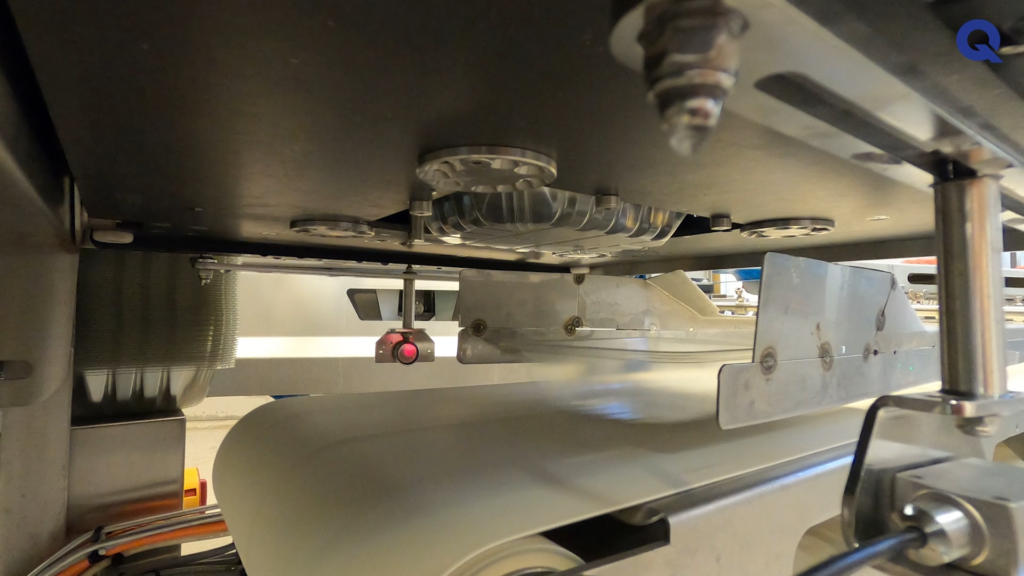
The INTRAY Smart Tool denesting trays at Norfersk.
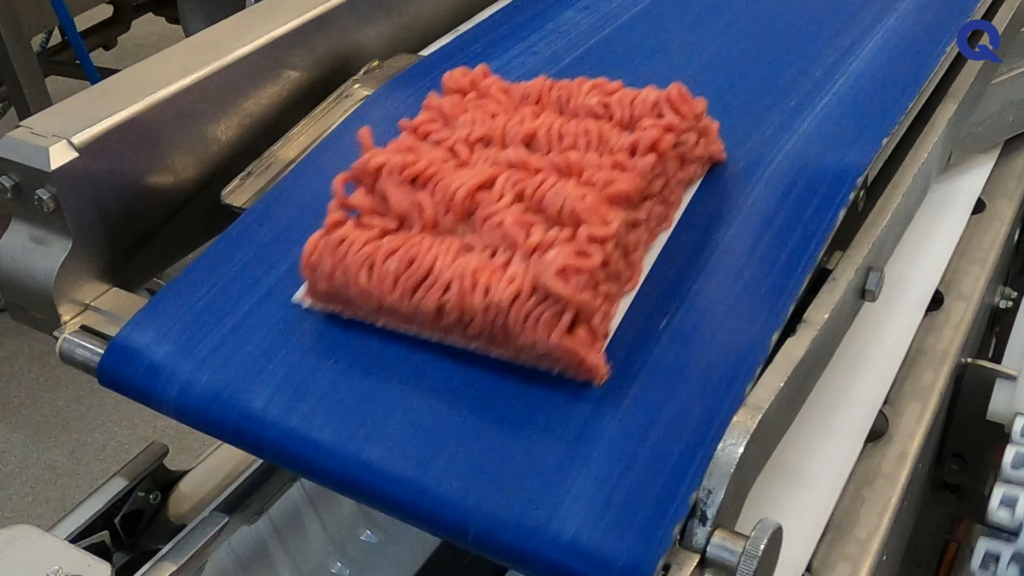
Norfersk produces around 30.000.000 trays of minced meat every year.
“QUPAQ has provided us with greater flexibility, even and constant denesting as well as low maintenance costs, and tray faults have been significantly reduced.”
Rasmus Haage Soerensen
Project Manager, Norfersk AS
